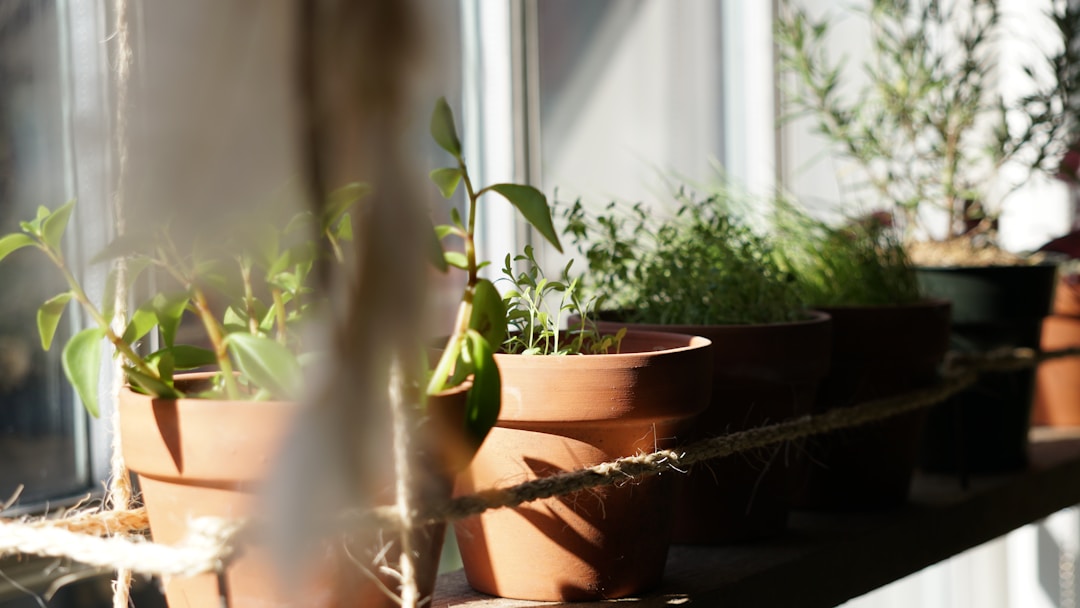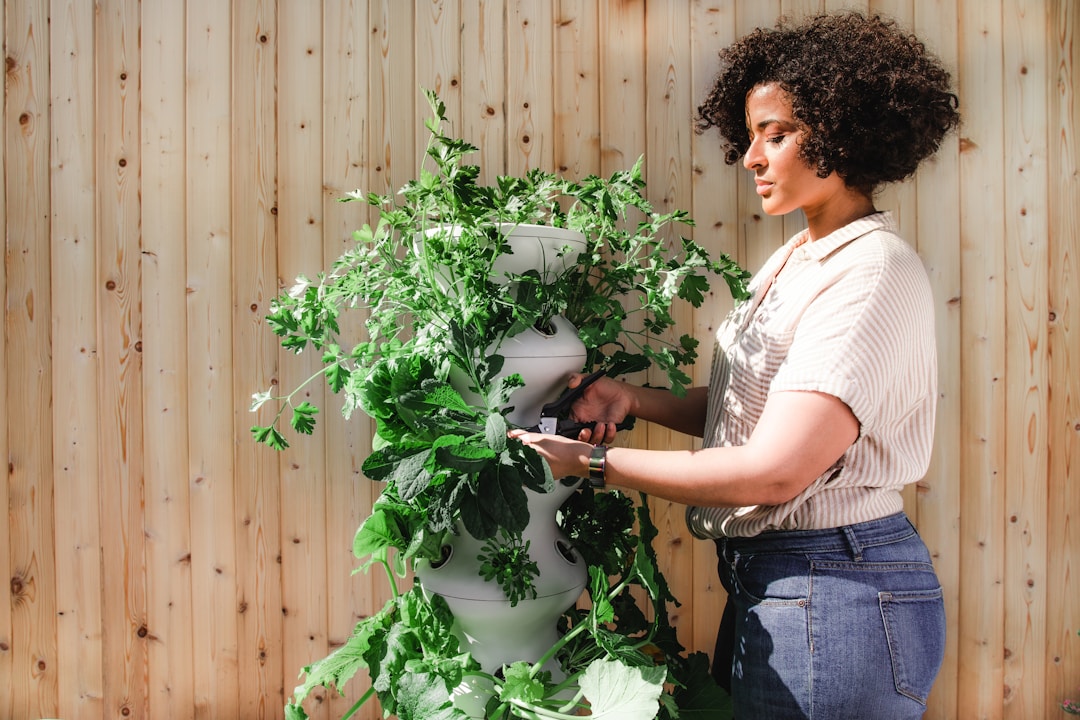Using pots and planters to construct your dream garden is a great way to make the best use of your backyard space. Whether you are looking to cultivate herbs and vegetables or just decorate your lawn with colorful flowers, container planting is a way to add versatility to your garden. Potted plants are also an easy way to add some color to any part of your house, instantly jazzing up that plain old windowsill, terrace, balcony, or porch.
However, plants can be fickle, and why it is important to find the right pot that will keep your plants strong and healthy. Here is everything you need to know about the best pots and planters for maintaining a beautiful garden.
Choosing the Container

Choosing the right pot can depend on your plant’s size and species. You can browse a range of pots planters and more from online outlets and select the perfect indoor planters or outdoor planters to complement your home’s aesthetic. A good rule of thumb to keep in mind when it comes to container planting is that a larger pot will facilitate easier plant growth.
Larger containers can hold more soil and therefore retain more moisture, making your plant more resilient to rapid temperature changes. Especially during hot summer months, you may find yourself watering your outdoor planters often throughout the day, large planters will ensure that your plant remains supple in any environment.
Container size can also be affected by your plant species-specific root system, how long it takes to grow to maturity, and the pace at which your plant grows. It is also important to keep in mind that lighter-colored containers won’t retain as much sunlight as darker-colored ones, keeping your plant from drying out as quickly. Hanging basket containers can make for beautiful decoration in any of your outdoor spaces matched with plants that have thick foliage that grows down.
Planting Your Pots

It is essential that any planter that you choose has drainage holes. These will let out excess liquid from your pot and keep your plant’s roots from becoming waterlogged and dying. It is also important to do research on how much your specific plant will need to be watered. While succulents and cacti may only need to be watered once a month, flowers and vegetables can require daily hydration.
You can place a thin layer of cloth at the bottom of your container to prevent soil from leaking out of the drainage holes, but be cautious not to block them. It is also essential that you do not use traditional garden soil for your container plants. Instead, try a soil mixture specific for houseplants and moisten it before integrating your plant.
Proper Pot Maintenance

The great thing about container plants is that they are portable. Depending on how much sun your plant requires, make sure that you position it in a part of your house that gets a balance of both sun and shade. Different types of containers such as terracotta, clay, metal, concrete, or plastic may also be prone to cracking during harsher cold-weather months which is why it is vital to choose a high-quality planter.
You can also use a nutritious plant fertilizer to sprinkle in your plant’s soil to keep it healthy and strong. Mix and match your potted plants with different color flowers and thick shrubbery to add some alluring curb appeal to your lawn. Potted container plants allow you to easily switch out your plant depending on the season and climate. You don’t need a large backyard to have a garden. Just put your containers right on your kitchen windowsill and enjoy a harvest of fresh spices, herbs, and vegetables every day.

